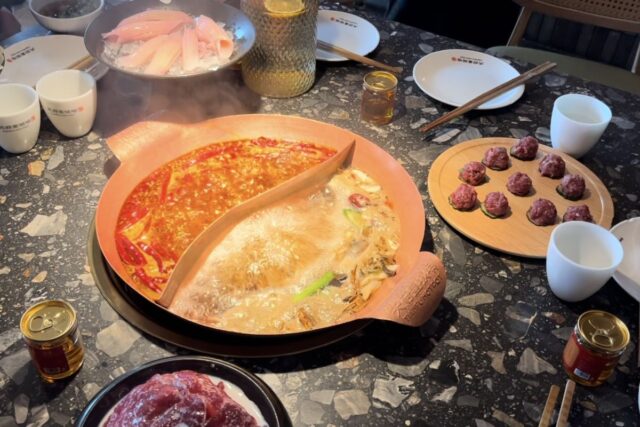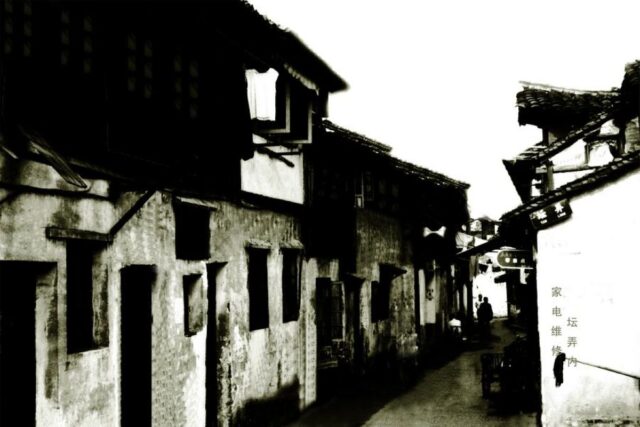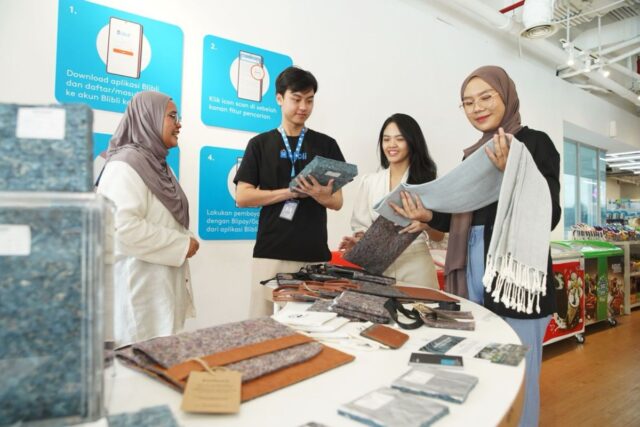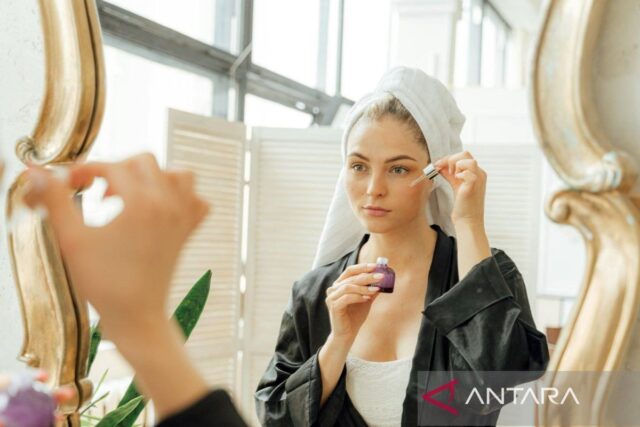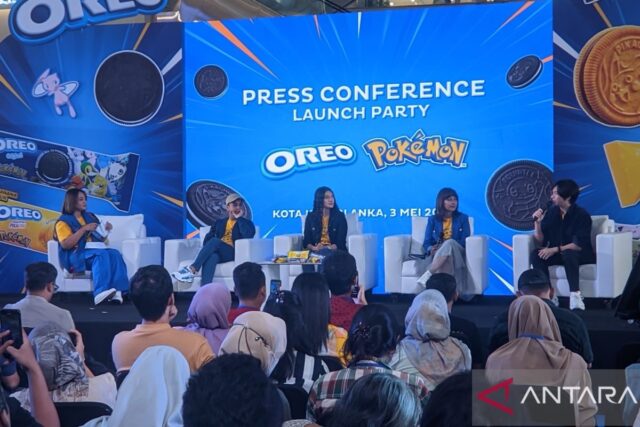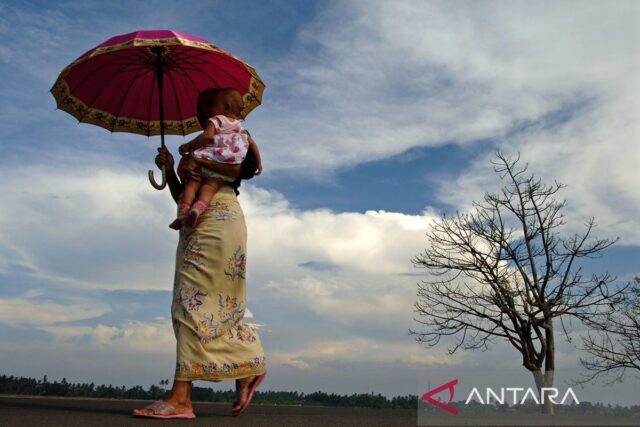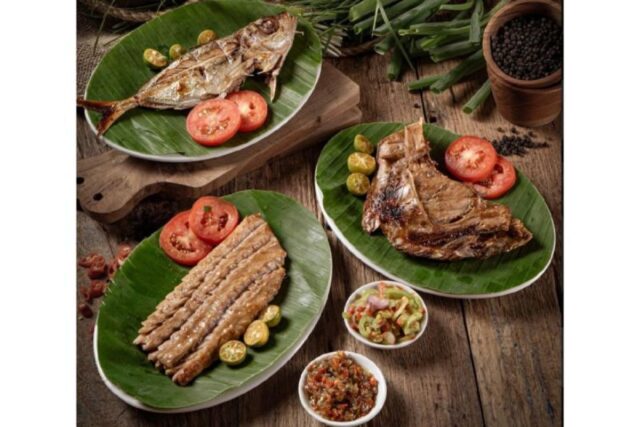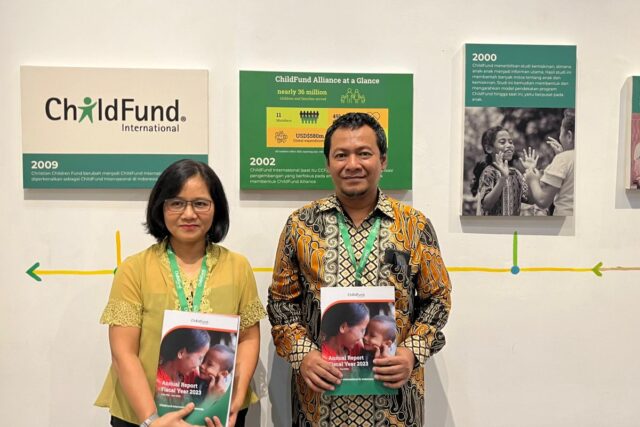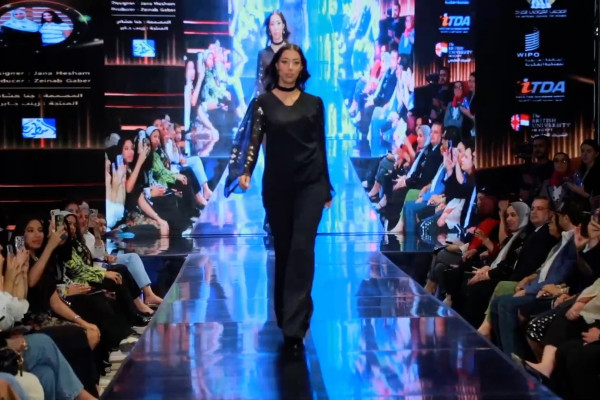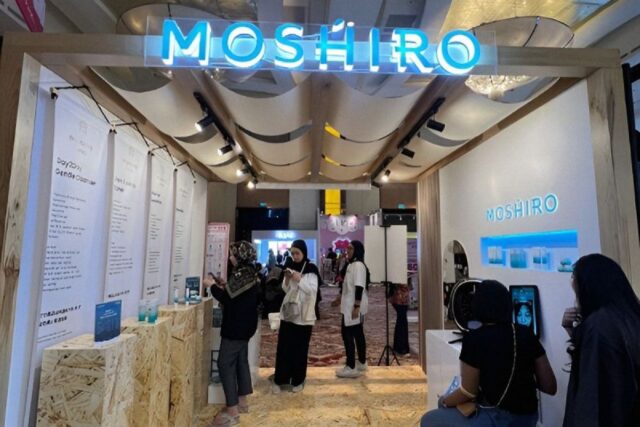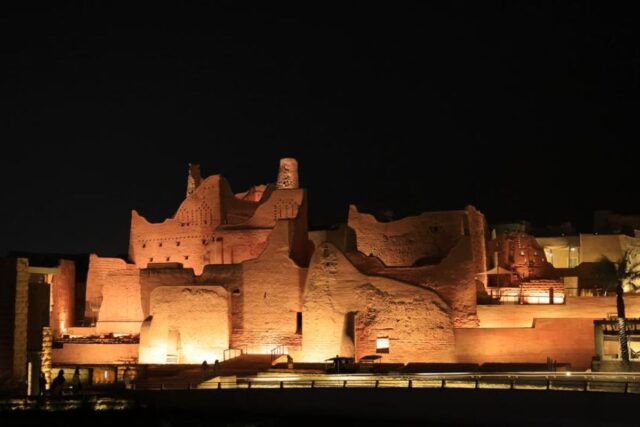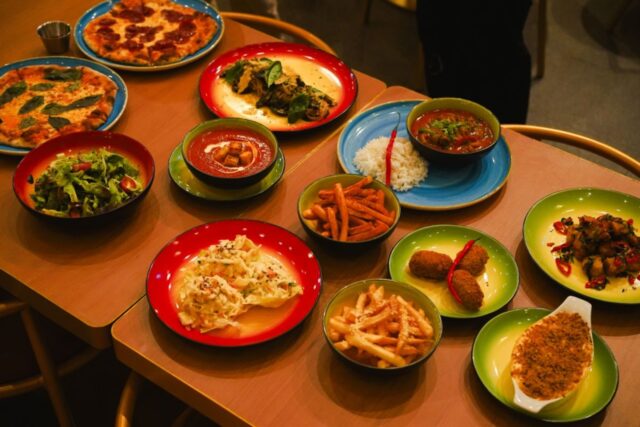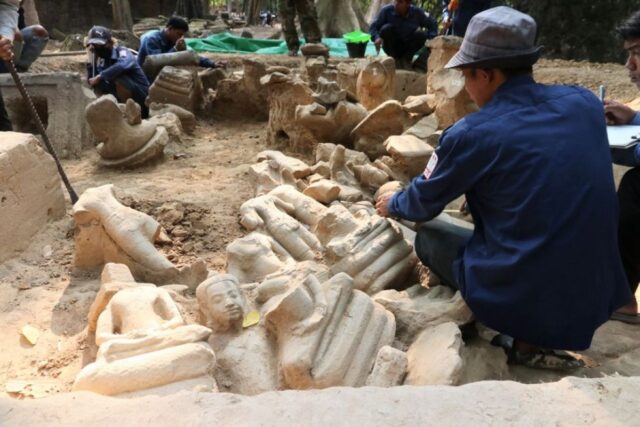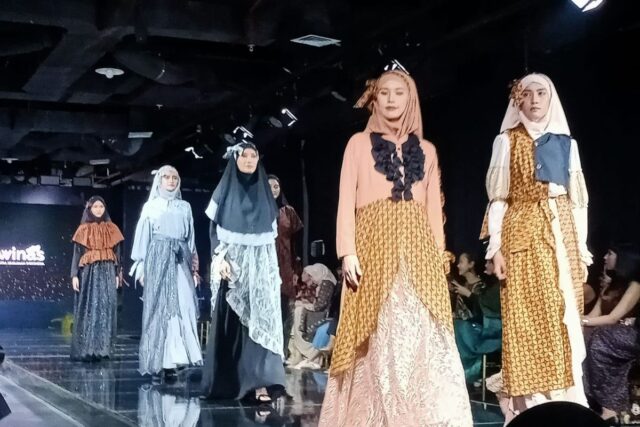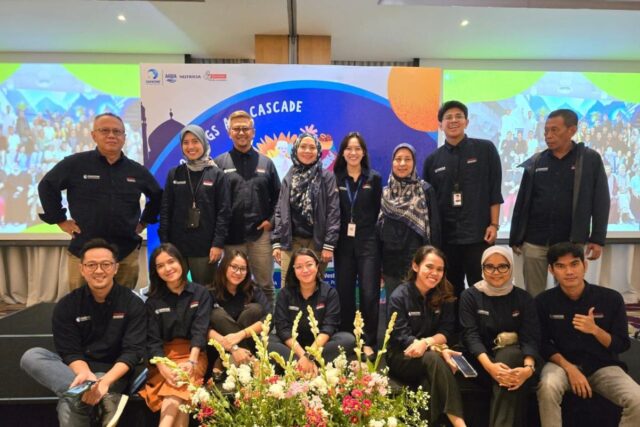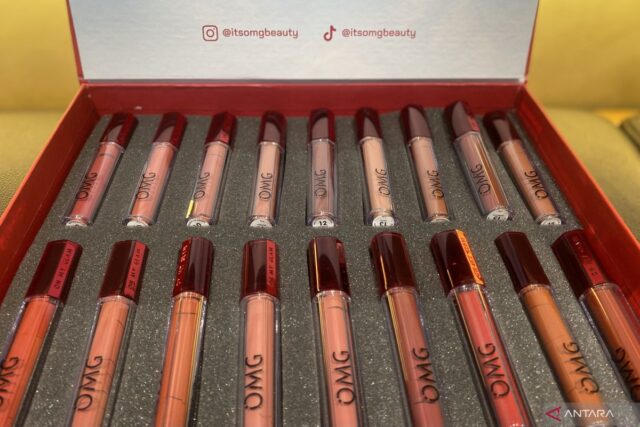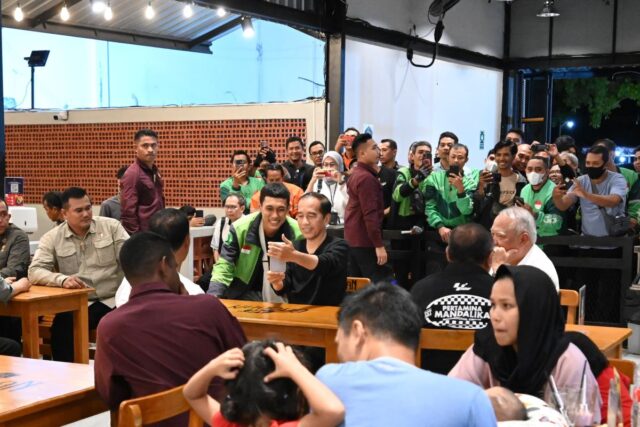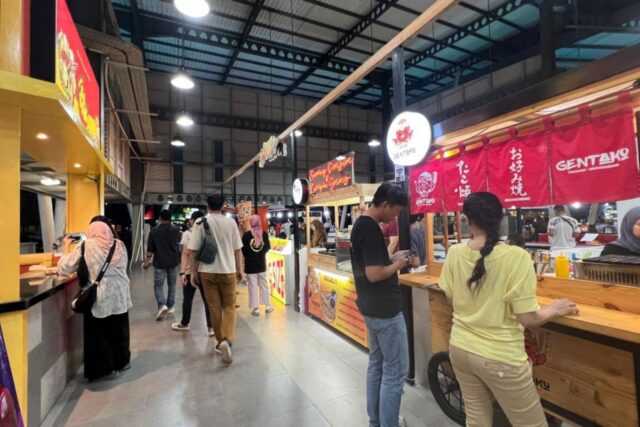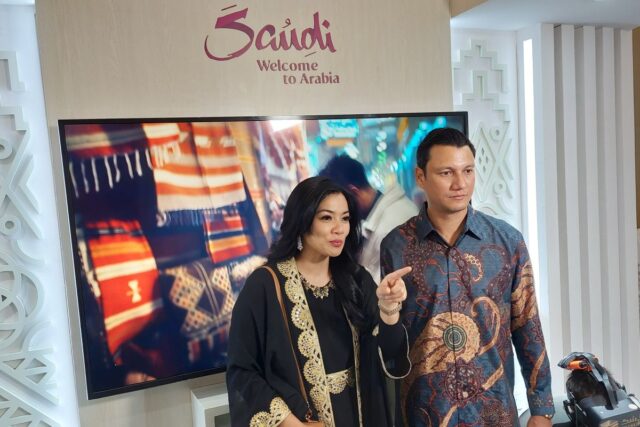Berburu kuliner halal nan lezat di pusat Kota Chengdu, China
Chengdu, China dikenal sebagai salah satu kota yang kaya akan budaya dan kuliner yang lezat. Bagi wisatawan Muslim yang sedang berkunjung ke Kota Chengdu, mencari makanan halal bisa menjadi tantangan tersendiri. Namun, jangan khawatir karena di pusat Kota Chengdu terdapat berbagai pilihan kuliner halal yang lezat dan menggugah selera.
Salah satu tempat yang bisa dikunjungi adalah restoran Muslim yang terletak di jalan Jinli. Restoran ini menyajikan berbagai hidangan khas China yang tentu saja halal dan lezat. Mulai dari makanan ringan seperti dim sum, hingga hidangan utama seperti ayam kung pao dan bebek peking, semuanya bisa dinikmati di restoran ini.
Selain itu, di sekitar jalan Jinli juga terdapat banyak pedagang kaki lima yang menjual makanan halal. Mulai dari bakso, sate, hingga nasi goreng, semua bisa ditemukan di sini. Rasanya yang autentik dan bumbu yang khas membuat makanan halal di pusat Kota Chengdu ini menjadi favorit bagi para wisatawan Muslim.
Selain itu, bagi yang ingin mencoba makanan lokal yang halal, bisa mencoba menu hotpot yang terkenal di Chengdu. Hotpot adalah semacam soup yang dimasak di atas meja dengan berbagai pilihan daging, sayuran, dan seafood. Untuk versi halalnya, wisatawan bisa memesan hotpot dengan menggunakan daging halal seperti daging sapi atau daging ayam.
Tak hanya itu, di pusat Kota Chengdu juga terdapat berbagai restoran fast food internasional yang menyajikan makanan halal. Mulai dari restoran cepat saji seperti KFC, McDonald’s, hingga restoran sushi halal, semuanya bisa ditemukan di sini.
Jadi, bagi wisatawan Muslim yang sedang berkunjung ke Chengdu, jangan khawatir akan kekurangan pilihan kuliner halal. Di pusat Kota Chengdu, Anda bisa menemukan berbagai pilihan makanan halal yang lezat dan menggugah selera. Selamat menikmati kuliner halal di Chengdu!
